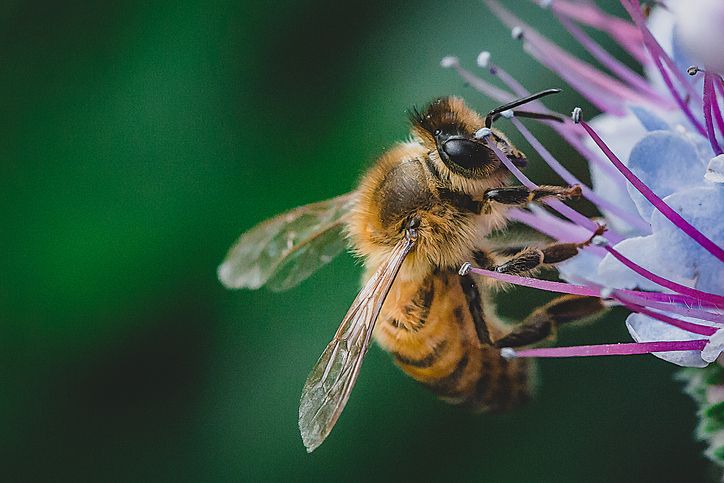Editor’s note: Joseph Byrum is an Aspen Institute Business & Society fellow and spent 25 years as an R&D executive in the agricultural industry. This is the second in a series of guest articles on the potential impact of artificial intelligence (AI) technologies on food security. The views expressed in this article are the author’s own and do not necessarily represent those of AFN.
“Some people worry that artificial intelligence will make us feel inferior; but then, anybody in his right mind should have an inferiority complex every time he looks at a flower,” the pioneering computer scientist Alan Kay once said.
Popular discussion around AI tends to be anthropocentric. This is a complex topic, so newspapers and television reporters seek out the simplified storylines that ordinary people can relate to. It’s not surprising, then, that many see AI’s ultimate goal as replication of the inner workings of the human brain. But is there another way to look at what AI can do for us besides the creation of a self-aware artificial mind?
Along the same lines, the agricultural and food industries need to think more broadly about AI. The goal of both production agriculture and the consumer food chain is increasing food security in a sustainable manner by optimizing the sum of the value chain. Human intelligence is not the only intelligence that can be harnessed for artificial gains. Plants and the rest of nature have as much — if not more — to teach us about the complexity of networks and systems. Such lessons are especially relevant when applied within an industry whose primary factory is literally the earth.
AI in agriculture should augment human intelligence through the ‘biomimicry’ of nature’s complex systems. Stefano Mancuso, a founder of the study of plant neurobiology, compares the Internet to the communication networks of plants, believing that plants can suggest ways to evolve our existing technology networks. Naturalist and author Janine Benyus popularized the term ‘biomimicry’ to describe innovations inspired by nature in a way that goes beyond considering mankind.
“When we look at what is truly sustainable,” Benyus wrote, “the only real model that has worked over long periods of time is the natural world.” If that’s true, then the best way to build a sustainable, technology-driven value chain is to look to nature.
This isn’t an entirely new concept. Technological achievements often find a natural inspiration – such as the echolocation of bats inspiring various applications of sonar and radar, or the way swarm intelligence of bees and ants inspires artificial neural networks.
In 1955, when the pioneers of AI first set out to define the discipline’s future goal, they stated that the “problem is taken to be that of making a machine behave in ways that would be called intelligent if a human were so behaving.” Yet the behavior of complex biological systems found in nature can also be described as as having a form of intelligence.
The central implication of a more-than-human-centered approach is that agricultural AI needs to adapt to the natural order. The goal isn’t to achieve human-like intelligence; rather, the more sustainable goal is to combine human intelligence and the intelligence of biological order, according to the specific needs within the value chain, from soil to fork.
Take for instance the use of visual sensors for crop monitoring. For decades, the camera – forerunner of the industrial sensor – was modeled on human vision. Scientists working on agricultural remote sensing quickly understood that the information that agronomists require from sensors about crops in the field, is not information that the human brain or the human eye is capable of perceiving.
Several insects and animals can see outside of our visual range. The honeybees that pollinate many crops can see ultraviolet patterns on flowers that help them locate pollen. Likewise, some of the most important clues about a plant’s health are found beyond the range of human vision. Thus, the most effective crop sensors are multispectral.
Agronomists can deduce the health of a plant from its reflectance value at various wavelengths of light. A healthy plant absorbs visible and near-infrared light as part of the process of photosynthesis, while an unhealthy plant reflects more of this light. The difference can be calculated in a formula called the normalized difference vegetation index (NVDI).
This is far more powerful than merely looking at a plant and seeing whether it’s green. NVDI can detect the early signs of stress.
AI is being applied to individual parts of the agricultural value chain. But to achieve genuine food security in a sustainable way, the industry needs to carefully adapt AI advancements in both a human-centric and nature-based way.
In upcoming entries in this series, we will look at AI advancements that can be paired with some of the most critical challenges within agriculture – starting with aggregate learning and climate resilience. Can AI help farmers improve their climate resilience?




